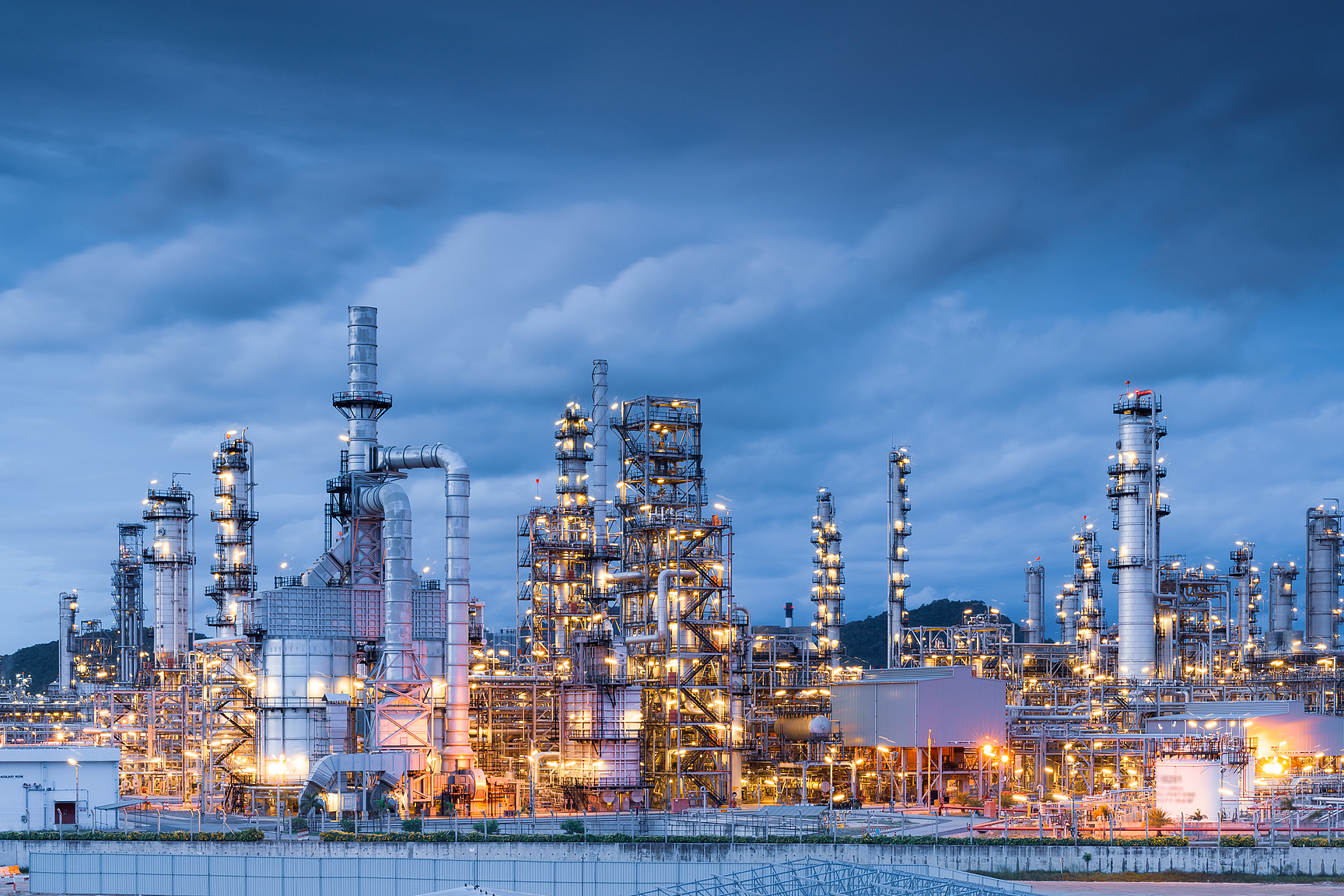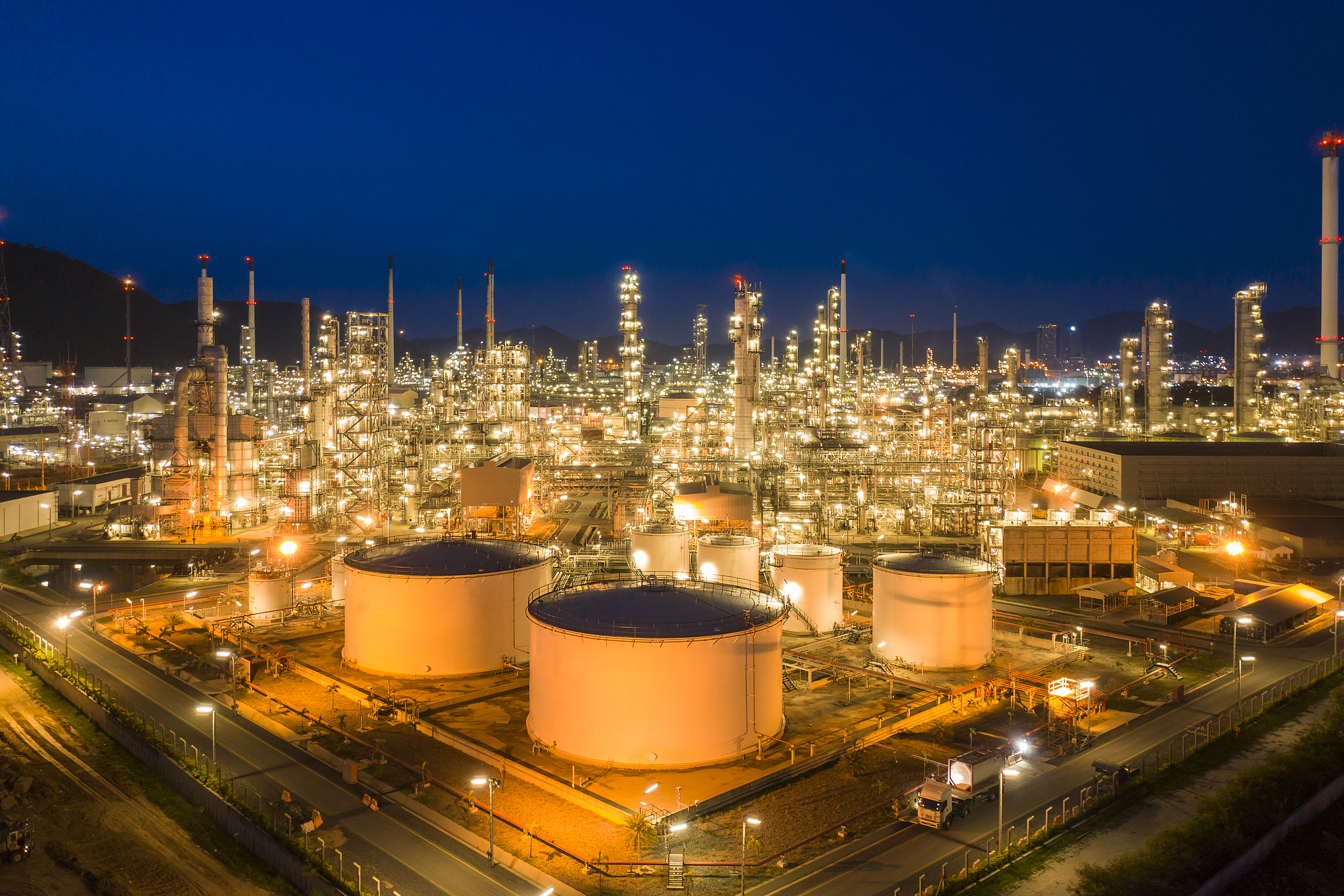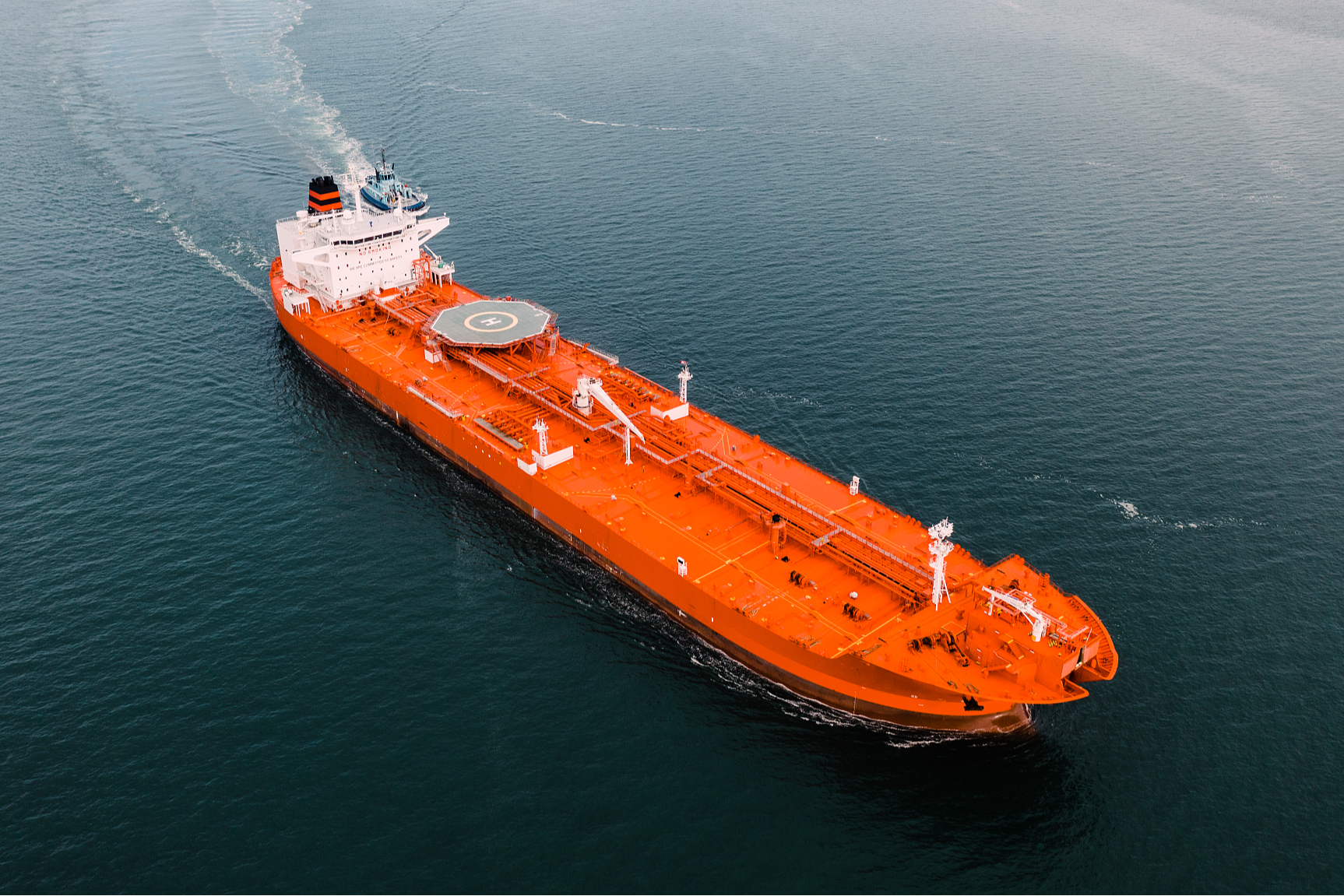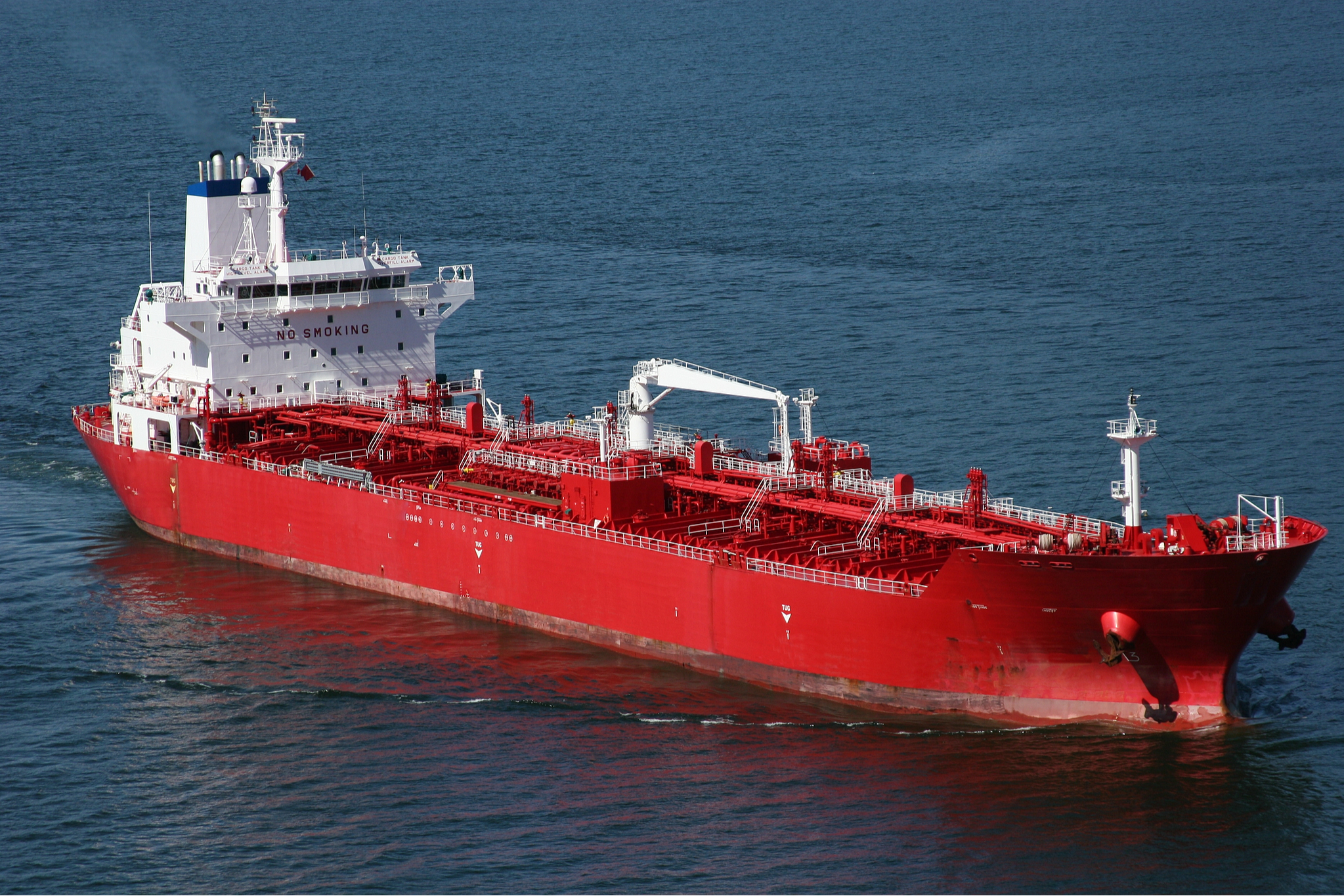











The industrial adhesives sector has witnessed remarkable advancement with the integration of butyl acrylate as a key component in formulation development. This versatile monomer has transformed how manufacturers approach adhesive production, offering unprecedented benefits in terms of durability, flexibility, and performance across diverse applications. As industries continue to demand higher-performing adhesive solutions, butyl acrylate has emerged as a cornerstone ingredient that delivers exceptional results in both water-based and solvent-based systems.
In today's manufacturing landscape, the chemical properties of butyl acrylate make it an invaluable resource for creating adhesives that meet increasingly stringent industrial requirements. From construction to automotive applications, this compound has proven its worth through enhanced binding strength, improved weather resistance, and superior durability under varying environmental conditions.
The unique molecular structure of butyl acrylate contributes significantly to its effectiveness in adhesive applications. The compound features an acrylate group coupled with a butyl chain, providing an optimal balance between reactivity and stability. This structural arrangement allows for excellent polymerization characteristics, resulting in adhesives with superior bonding capabilities and enhanced resistance to environmental factors.
The presence of the butyl group introduces hydrophobic properties, while the acrylate portion ensures strong adhesion to various substrates. This dual nature makes butyl acrylate particularly valuable in formulations where water resistance and substrate compatibility are crucial considerations.
When incorporated into adhesive formulations, butyl acrylate demonstrates exceptional polymerization behavior. The compound readily undergoes both free radical and emulsion polymerization, allowing manufacturers to create adhesives with precisely controlled properties. This versatility in polymerization mechanisms enables the development of products with tailored characteristics for specific applications.
The controlled polymerization of butyl acrylate results in polymer chains with optimal molecular weight distribution, directly influencing the final adhesive's performance characteristics, including tack, peel strength, and cohesive properties.
One of the most significant advantages of butyl acrylate in industrial adhesives is its contribution to superior adhesion strength. The compound's ability to form strong chemical bonds with various substrates results in adhesives that maintain their integrity under challenging conditions. This enhanced bonding capability is particularly valuable in applications where structural integrity is paramount.
The adhesion strength derived from butyl acrylate-based formulations extends across multiple substrate types, including metals, plastics, wood, and composite materials. This versatility makes it an ideal choice for manufacturers seeking to develop universal adhesive solutions.
Industrial adhesives containing butyl acrylate exhibit remarkable resistance to environmental factors. The compound's inherent properties contribute to adhesives that maintain their performance despite exposure to moisture, UV radiation, and temperature fluctuations. This environmental stability ensures long-term durability in outdoor applications and harsh industrial environments.
The weather resistance characteristics of butyl acrylate-based adhesives make them particularly suitable for construction and automotive applications, where exposure to diverse environmental conditions is inevitable.
The incorporation of butyl acrylate in adhesive manufacturing processes offers significant advantages in terms of production efficiency. The compound's excellent compatibility with various formulation components allows for streamlined manufacturing processes and reduced production complexity. These efficiency gains translate to cost-effective production without compromising on product quality.
Manufacturers benefit from the predictable behavior of butyl acrylate during processing, enabling consistent product quality and reduced waste in production cycles. The stability of the compound during storage and handling further contributes to manufacturing efficiency.
Butyl acrylate provides remarkable flexibility in adhesive formulation development. Its compatibility with numerous co-monomers and additives allows manufacturers to create customized solutions for specific application requirements. This formulation flexibility enables the development of adhesives with precisely tuned properties, from soft and tacky to hard and structural.
The ability to adjust formulations while maintaining core performance characteristics makes butyl acrylate an invaluable tool in modern adhesive development. Manufacturers can respond quickly to changing market demands by modifying formulations without extensive reformulation efforts.
Modern industrial practices increasingly emphasize environmental sustainability, and butyl acrylate aligns well with these objectives. When used in water-based formulations, it enables the development of low-VOC adhesives that meet stringent environmental regulations. This characteristic makes it particularly valuable in markets where environmental compliance is a key consideration.
The development of sustainable adhesive solutions using butyl acrylate continues to evolve, with ongoing research focused on improving environmental profiles while maintaining performance standards.
The environmental impact of butyl acrylate-based adhesives extends beyond their application properties. Throughout their lifecycle, these adhesives demonstrate favorable characteristics in terms of durability and longevity, reducing the need for frequent replacement and minimizing waste generation. This long-term perspective on environmental impact makes them an attractive choice for sustainable industrial applications.
The extended service life of products bonded with butyl acrylate adhesives contributes to reduced material consumption and lower environmental impact over time.
Butyl acrylate enhances adhesive performance across a wide temperature range through its unique molecular structure and polymerization characteristics. The compound provides excellent low-temperature flexibility while maintaining stability at elevated temperatures, ensuring reliable bonding performance in diverse environmental conditions.
The hydrophobic nature of the butyl group in butyl acrylate contributes to excellent water resistance in adhesive formulations. This property, combined with strong substrate adhesion, creates bonds that maintain their integrity even under prolonged exposure to moisture and humid conditions.
When properly formulated and cured, butyl acrylate can be used in adhesives for food packaging applications, subject to relevant regulatory approvals and compliance with food contact materials legislation. Manufacturers must ensure proper testing and certification for specific food contact applications.
 Hot News
Hot News2025-07-25
2025-06-16
2025-04-07
2025-04-07
2025-04-07
2025-12-03

